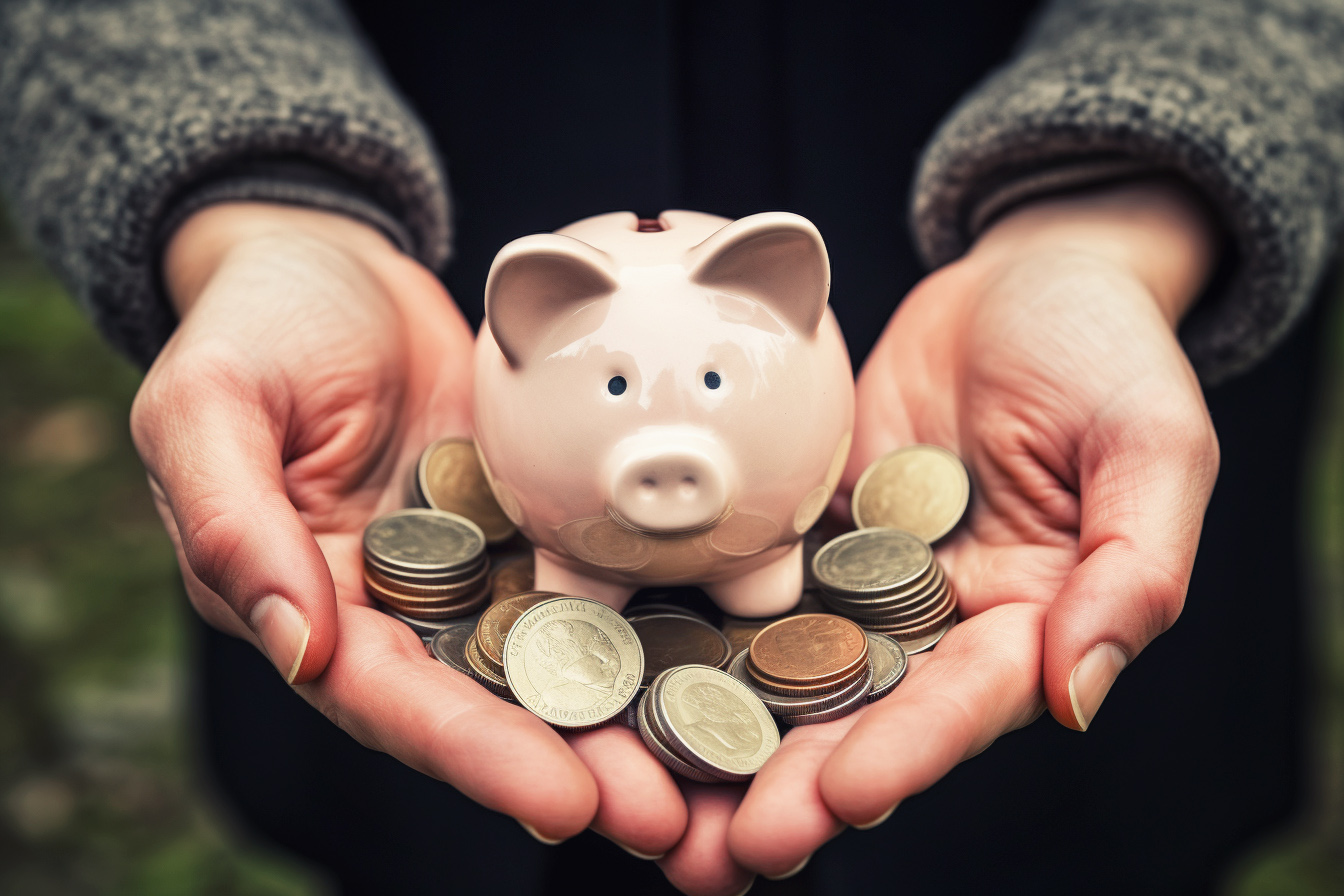Living below your means – spending less than you earn – is the cornerstone of financial health and stability. Yet it can be incredibly challenging to resist inflating your lifestyle when your income rises. The natural urge to increase spending along with earnings makes staying frugal difficult.
One simple yet highly effective strategy makes living below your means much easier: paying yourself first. This means automatically transferring a portion of your income into savings before paying any bills or expenses. By saving first, you ensure you align your spending with the money left over after savings. This steadily builds wealth while preventing lifestyle inflation when your earnings increase.
Paying yourself first is a financial game changer. By automating your savings as your top priority, everything else in your lifestyle and spending naturally falls below your means. This straightforward tactic helps you effortlessly save more while resisting temptations to inflate your lifestyle. Paying yourself first provides a clear path to spending less than you earn.
What Does Pay Yourself First Mean?
Pay yourself first means setting aside a percentage of your income for savings before anything else. For example, if you earn $4,000 per month, you may decide to save 10-20% of that amount. That’s $400-$800 going straight into your savings accounts every paycheck before you even see the money or pay any bills.
After your “pay yourself first” contribution, the remaining money becomes your monthly spending budget. You align your living costs, discretionary purchases, and bills to fit this smaller budget. The percentage you save is flexible, but 10-20% is recommended to see substantial savings.
How Does Paying Yourself First Work?
Let’s use a detailed example to illustrate paying yourself first in action:
Sarah earns $4,000 each month in take-home pay. She wants to live below her means, so she decides to pay herself first by automatically saving 20% of her income. That 20% equals $800.
As soon as Sarah is paid, she immediately transfers the $800 into her retirement and emergency savings accounts. That leaves $3,200 left over for her to spend during the month.
Out of that $3,200, Sarah has $1,000 in fixed bills like rent, utilities, car payments, etc. That leaves her with $2,200 for variable spending such as groceries, gas, dining out, entertainment, and shopping.
The first few months are challenging. Sarah realizes she needs to downgrade her apartment, cut back on takeout meals, limit shopping trips, and reduce entertainment costs to stick to the $2,200 variable budget after paying her bills.
Over time, Sarah adjusts her lifestyle and spending habits to align with the money left after her savings contribution. Paying herself first forced Sarah to live below her means.
Why Does Paying Yourself First Work?
Paying yourself first works for several key reasons:
- It builds savings first, automatically, without much thought or effort required. Saving becomes non-negotiable.
- By adjusting spending to fit the money left over after savings, you naturally align your lifestyle with living below your means.
- You don’t have to strictly budget every dollar or meticulously track frivolous purchases, reducing financial stress.
- Whenever your income increases, you can increase your savings percentage to prevent lifestyle inflation.
Case Study: How Paying Himself First Changed John’s Life
John was living paycheck to paycheck despite a good income. He wanted to spend less and save more but could never seem to limit his lifestyle inflation whenever he earned more.
John decided to start paying himself first to force the change. Whenever he got paid, John immediately transferred 15% of his paycheck to his high-yield savings account before paying any bills.
This meant adjusting his spending to align with the lower remainder after his 15% savings contribution. During the first few months, John ate out less frequently, found a cheaper apartment, and limited unnecessary shopping.
After the initial adjustment period, John’s more frugal habits stuck. He saved over $10,000 within a year through this simple 15% auto-transfer habit.
When John received a promotion at work with a $5,000 salary increase, he increased his savings percentage to 20% instead of inflating his lifestyle and spending.
Paying himself first empowered John to save consistently and live below his means. His lifestyle naturally aligned around whatever money was left after his priority savings.
Conclusion
If you continually struggle to spend less than you earn, it’s time to try paying yourself first. This means automatically transferring a percentage of each paycheck into savings before paying any bills or expenses. Start by setting aside 10-15% of your income for savings. Set up automatic transfers so the money moves into investment and savings accounts without any effort on your part.
At first, you’ll likely need to adjust your lifestyle spending to fit the remainder of your paycheck after savings. But after a few months, frugal habits will become natural and effortless. The benefits of paying yourself first are immense. You’ll build wealth without temptation or negotiation. Your lifestyle will align with only the money left after prioritizing savings. Income raises can go straight to increasing your savings rate rather than inflating spending.
This simple habit is a total game changer. Pay yourself first, stick with it through the initial adjustment phase, and experience easier, stress-free, frugal living that propels you towards financial independence.
